The 3rd Asia-Pacific CBR Congress
PROMOTING INCLUSIVE SUSTAINABILITY THROUGH
PROACTIVE PUBLIC-PRIVATE PARTNERSHIP
The Daughters of Charity Community Based Rehabilitation (DC-CBR) program is under the management of the Daughters of Charity of St. Vincent de Paul (DC) a Catholic order of Sisters, in partnership with CBM since 1980. The program was born at the refugee camp of Ban Vinai, Loei province, approximately 580 km. northeast of Bangkok. Twelve (12) years later it moved to center based services outside of the camps with an ancillary CBR services.
The DC-CBR program has undertaken the pivotal shift from 18 years of Service Delivery Model to a Community Development Model in 2010 to address the issue of marginalization of persons with disabilities by promoting an inclusive society in line with Persons with Disabilities Empowerment Act (2007), the 4th National Plan on Quality of Life Development of Persons with Disabilities (2012-2016) and the UN-CRPD (Convention on the Rights of Persons with Disabilities) that Thailand has signed and ratified in 2008.
In 2009, DC and CBM jointly developed and restructured DC-CBR program by introducing a more proactive approach in encouraging involvement of local government and other stakeholders to build community’s capacities to address exclusion of persons with disabilities by: a) involving them in all stages of development process through as much as possible utilizing local resources b) working in partnership with local government and stakeholders.
The new concept of CBR approach was communicated to DC-CBR team members. A new project plan was discussed thoroughly to gain common understanding and commitment; and, to reorganize the internal working process before starting the project.
The team then organized information meeting on new CBR concept with the sub-districts with the highest number of people with disabilities and the sub-districts that showed interests to commit themselves to support CBR initiatives in their own community. Moreover, the team also took initiative to establish common agreement with sub-districts that are willing to be in partnership with DC through a joint MOU that has systematically developed and clearly defined roles and responsibilities of each party. The signing of MOU is engaged by DC and representatives of stakeholders from each sub-district namely (SAO) Sub-district Administrative Organization and local hospital/s as a major stakeholder.
Prior to the start of the project, situation analysis of the new area was done by related stakeholders and shortly after, a baseline survey on general level of awareness on attitude of local stakeholders towards persons with disabilities, rights of persons with disabilities, services available at community level and the needs of the target population was conducted in collaboration with the Research and Planning Center of Rajabhat University, Loei. Result of the survey revealed that persons with disabilities, wider community and local authorities have low level of awareness on rights of persons with disabilities. Sub-district Government, as a decentralized local government, focuses mainly on providing monthly disability pension while ignoring other aspects that will enable full participation and social inclusion of persons with disabilities as stated in the Act.
Thus, a new multiyear plan adapted the Twin Track approach (Track 1: by addressing Rights-based and inclusive development of persons with disabilities and capacity of their representation. Track 2: by raising awareness of larger community in all spheres of societal development for meaningful inclusion of persons with disabilities) with the following specific objective:
To improve the quality of life of 1,500 people with disabilities and their families through a community based approach by increasing awareness and capacities of related stakeholders for sustainable inclusive development of disability work in 27 sub-districts, Loei Province by 2015 (2010-2012=12 sub-districts, 2013-2015=15 sub-districts).
Between 2010 -2015, the DC-CBR has been working to achieve 4 main results as follows:
Result 1: Persons with disabilities, local government, community members and other stakeholders are aware about rights and needs of persons with disabilities. Activities being done to achieve the result are: 1.1 conduct awareness raising on rights, national plan on quality of life development of persons with disabilities and UN-CRPD for persons with disabilities, local government and leaders, health officers, school teachers, DPOs and community members through workshops, information materials, website and community radio broadcasts to reach wider community, 1.2 organize study visits on sustainable disability initiatives for local government, sub-district Disabled Groups and DPOs to learn from successful working experiences of others, 1.3 Produce radio program on ‘Friend of Persons with Disabilities’ to promote rights and inclusion of persons with disabilities and project activities, 1.4 conduct training for students on the local schools to be “Friend of Persons with Disabilities” in their own campus and community through a day workshop on the voluntary spirit and basic rehab techniques, 1.5 organise social events such as camping, sport event or International Day of Persons with Disabilities to promote social participation and to demonstrate a right of persons with disabilities to participate and enjoy social life as much as others. In such events, messages on Rights, disability inclusion, knowledge on child protection and prevention of violence against women were also delivered to the participants.
Result 2: Community structures are established for sustainable and inclusive development for disability. The activities being delivered to achieve the result are: 2.1 Recruitment and selection of village volunteers (1 volunteer/village) preferably from family members of persons with disabilities and/or existing government village health volunteers through the help of health officers, local leaders and government and recommended by family of persons with disabilities, 2.1.1 training of village volunteers together with local authority responsible for disability work to assist in identification of persons with disability, assessing needs, basic rehab and referrals to necessary services, 2.1.2 awarding of certificates after training to affirm their commitment to disability work, 2.1.3 regular home service to persons with disabilities by village volunteers under guidance and supervision of CBR field supervisors and health officers from local hospital, 2.2 Formation of Disabled Groups at sub-district level and invite representatives from local key stakeholders, especially local authority by position to become advisory committee to ensure their continued support, 2.2.1 facilitate problem/needs analysis of the group and draw up activity plan to use as working guideline of the group, e.g. incorporating disability issue into community plan, 2.2.2 registering the disabled groups for legal identity to access government’s support such as livelihood fund.
Result 3: Capacity of Disability related groups are built and strengthened to promote their interests on local and provincial level; the following set of activities is implemented to achieve this result: 3.1 Provide on-going formation on leadership and group management, proposal writing, public speaking, child protection and prevention of violence against women for committees of disabled groups, DPOs and volunteers, 3.2 monthly follow-up of volunteers through meeting and in-service training with participation of health officers, local government and leaders, 3.3 leaders of disabled groups join in this monthly meeting to become familiar with meeting formalities and confident building for public speaking, 3.4 coaching of leaders of disabled groups to speak in public and present their interests in community meeting by volunteers and DC-CBR field supervisors, 3.5 organise workshops on basic rehab skills and local production of assistive devices for families of persons with disabilities, caretakers and volunteers, 3.6 Provide Trainings on Universal Design’ for families of persons with disabilities, local leaders and government, volunteers, DPOs and other interested local stakeholders, 3.7 organize training on CB-DiDRR (Community based - Disability Inclusive Disaster Risk Reduction) in 2 sub-districts where some persons with disabilities are involved as a village committee member together with local authorities and community leaders, 3.8 provide top-up trainings to DC-CBR Team: project management and proposal writing, facilitation skills, livelihood project management, fundraising, project monitoring and reporting (narrative and financial), advocacy and disability inclusive development, 3.9 organize annual reflection workshop and project mid-term review with representatives of relevant stakeholders for lessons learned and collect good practices to publish and share with all stakeholders.
Result 4: Disability Network at provincial and community level are well coordinated, Activities being done to achieve the result are: 4.1 exchange visits for disabled groups and volunteer network to learn from each other and strengthening network among community groups, 4.2 quarterly meeting of disability network in Loei Province to facilitate working relationship among member organizations and to advocate and ensure participation of the group members in any strategic meetings on development plan of the province, 4.3 Facilitate referral of people with disabilities for health and educational needs, vocational training, assistive devices, Disability ID and job placement, 4.4 conduct ‘Annual Meetings’ of Disabled Groups in the CBR areas to share lessons learned and how to overcome challenges, expand their network and sense of belonging to the wider society, 4.5 organize ‘Annual Recognition Day’ of volunteers and key stakeholders for their contributions and achievements as well as sharing their experiences and fostering the learning from each other, 4.6 organize local fund raising activity in collaboration with local authority, volunteers and other stakeholders to promote community participation and to support disability initiative activity, e.g. football and money trees through labour and donations (in kind & in cash), 4.7 assisting in the annual fund raising of the 2 non-commercial radio stations that offer the air time free of charge to covering the ‘Friend of persons with disabilities’ 5 hours/week, 4.7 continue the close cooperation with all stakeholders at all levels both within and outside of the province.
CBR Matrix and the Corresponding Elements of DC-CBR activities:
The project design of DC-CBR program shows that most of its activities are corresponding to elements under 5th component of the CBR matrix (Empowerment of persons with disabilities, their families and communities). Nevertheless, some few activities are corresponding to certain elements under the first 4 components as well. (Ref: power point presentation).
Outcome of the program activities:
At the end of 2012, CBR programs in 12 sub-districts of the target areas were turned over to local stakeholders with 80% of local government have firmly committed to continue the disability initiatives in their plans and budgets. In 2014, a midterm review of the project highlighted key success in mobilizing local involvement of different stakeholders. The volunteer groups have developed a strong sense of ownership and are well integrated into local administrative and health structures in line with the MOUs in pushing disability agenda into local government and hospital plans. The local government increased its support to disabilities initiatives e.g. funding for socio-cultural, livelihood activities and monthly transports allowance for volunteers. Government buildings and public places have adapted their facilities to become accessible for persons with disabilities. Persons with disabilities who are the main target of the project feel confident, happy and be a part of the community.
DC-CBR has been recognized and awarded for its innovations in resource mobilization, effective and efficient use of available local resources that create impacts on sustainable development, such as ‘Outstanding Organization on Social Development 2012’ from Ministry of Social Development and Human Security. Thailand NGO Awards 2012 & 2013 by the Resource Alliance in cooperation with Kenan Institute Asia supported by the Rockefeller Foundation.
Lessons learned: DC-CBR team has recognized the new approach to strongly promote ownership of communities led to continuation of initiatives beyond project duration of the local communities. Moreover, to engage with government as a major stakeholder is proving to be a strong and sustainable model for CBR as part of a well-integrated multi-stakeholder community development model.
Slide 1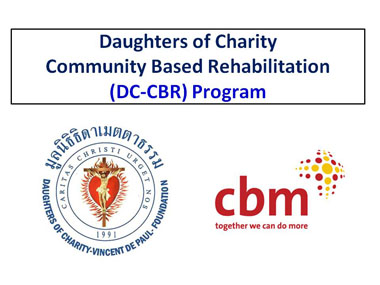 (Slide 1 text)
(Slide 1 text)
Slide 2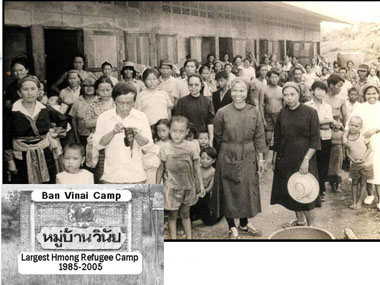 (Slide 2 text)
(Slide 2 text)
Slide 3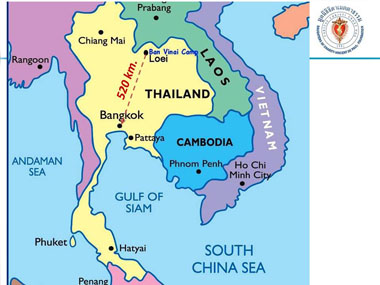
Slide 4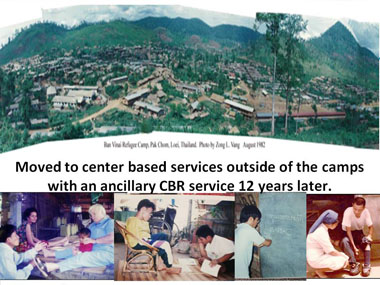 (Slide 4 text)
(Slide 4 text)
Slide 5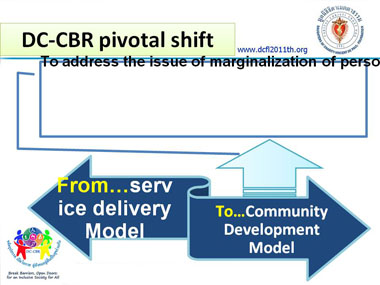 (Slide 5 text)
(Slide 5 text)
Slide 6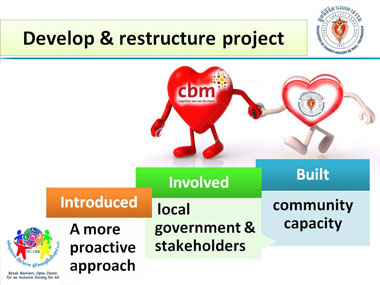 (Slide 6 text)
(Slide 6 text)
Slide 7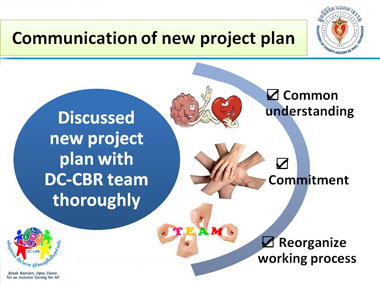 (Slide 7 text)
(Slide 7 text)
Slide 8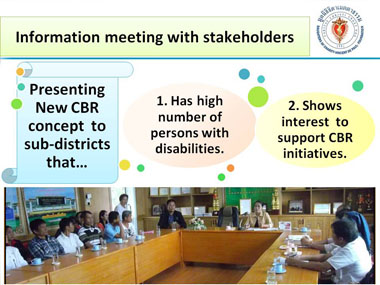 (Slide 8 text)
(Slide 8 text)
Slide 9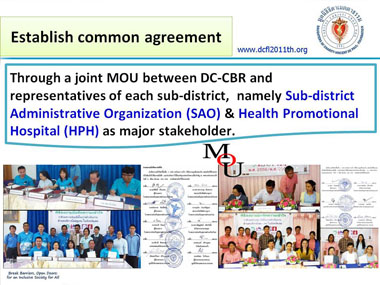 (Slide 9 text)
(Slide 9 text)
Slide 10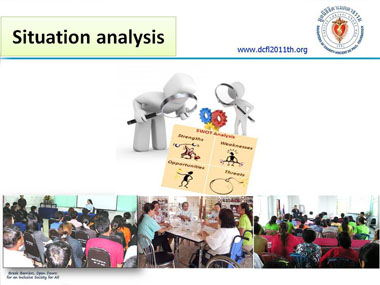 (Slide 10 text)
(Slide 10 text)
Slide 11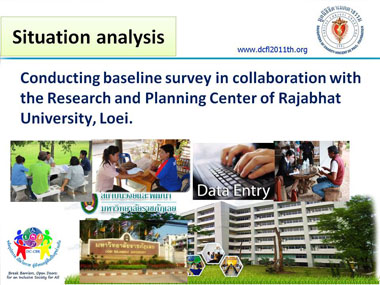 (Slide 11 text)
(Slide 11 text)
Slide 12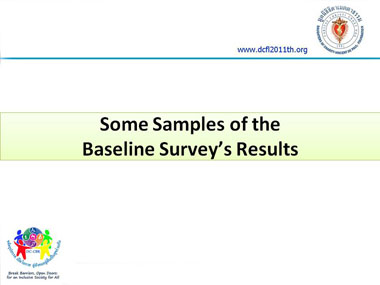 (Slide 12 text)
(Slide 12 text)
Slide 13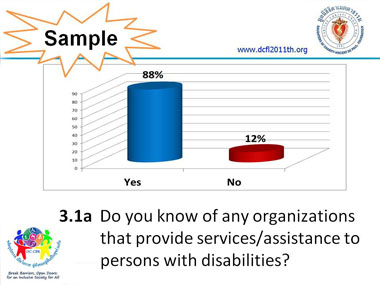 (Slide 13 text)
(Slide 13 text)
Slide 14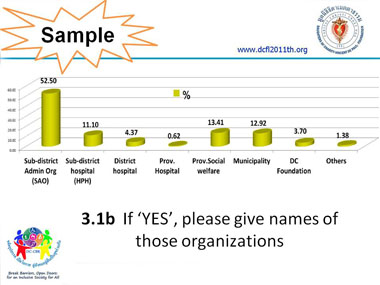 (Slide 14 text)
(Slide 14 text)
Slide 15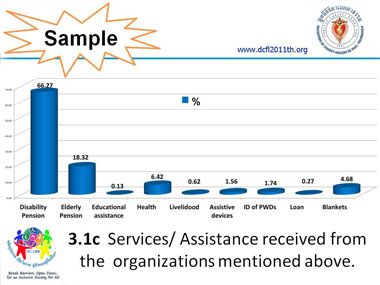 (Slide 15 text)
(Slide 15 text)
Slide 16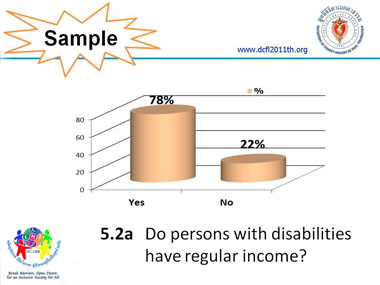 (Slide 16 text)
(Slide 16 text)
Slide 17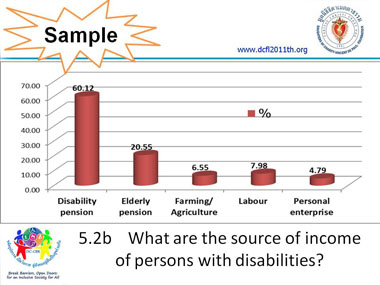 (Slide 17 text)
(Slide 17 text)
Slide 18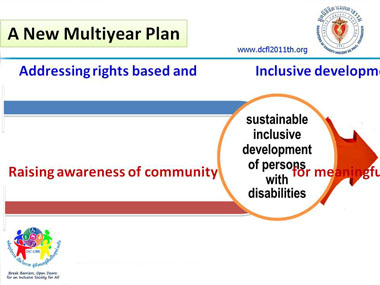 (Slide 18 text)
(Slide 18 text)
Slide 19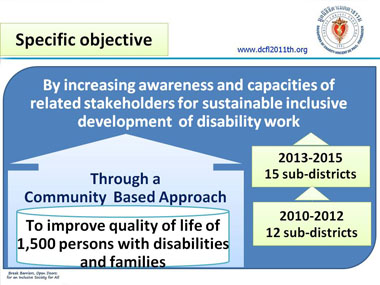 (Slide 19 text)
(Slide 19 text)
Slide 20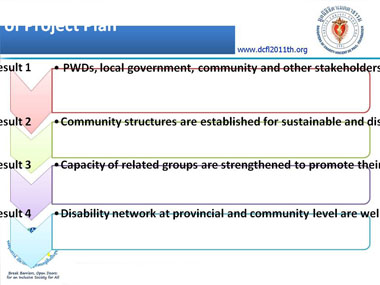 (Slide 20 text)
(Slide 20 text)
Slide 21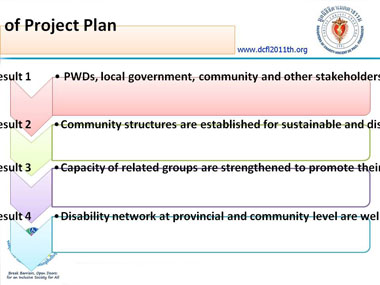 (Slide 21 text)
(Slide 21 text)
Slide 22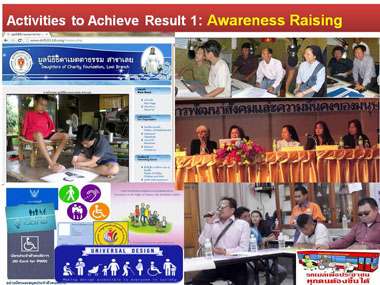 (Slide 22 text)
(Slide 22 text)
Slide 23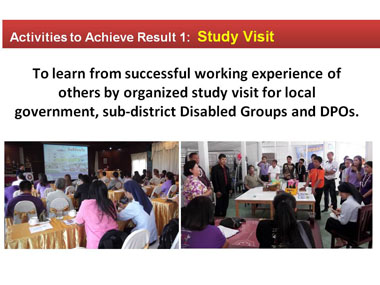 (Slide 23 text)
(Slide 23 text)
Slide 24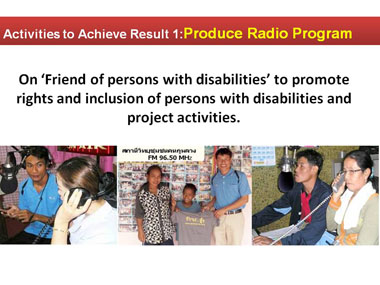 (Slide 24 text)
(Slide 24 text)
Slide 25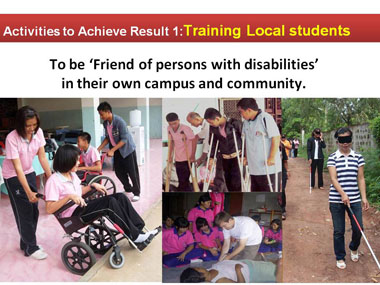 (Slide 25 text)
(Slide 25 text)
Slide 26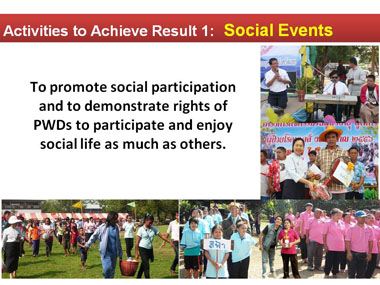 (Slide 26 text)
(Slide 26 text)
Slide 27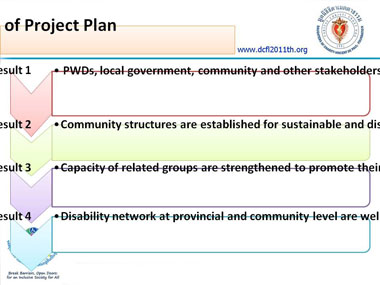 (Slide 27 text)
(Slide 27 text)
Slide 28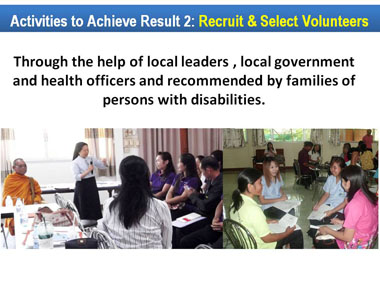 (Slide 28 text)
(Slide 28 text)
Slide 29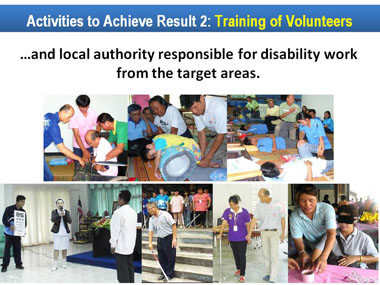 (Slide 29 text)
(Slide 29 text)
Slide 30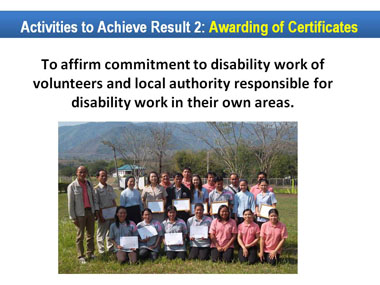 (Slide 30 text)
(Slide 30 text)
Slide 31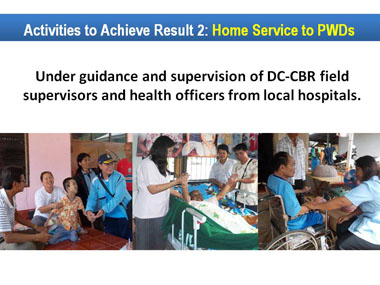 (Slide 31 text)
(Slide 31 text)
Slide 32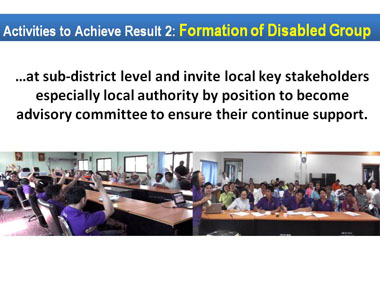 (Slide 32 text)
(Slide 32 text)
Slide 33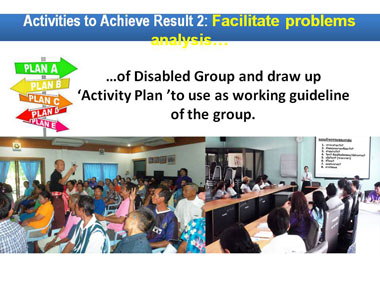 (Slide 33 text)
(Slide 33 text)
Slide 34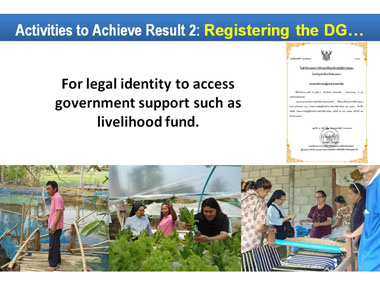 (Slide 34 text)
(Slide 34 text)
Slide 35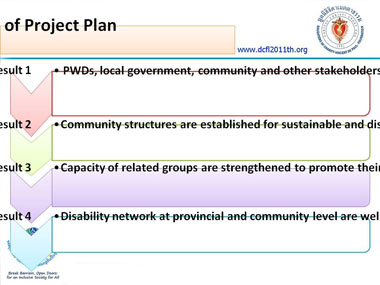 (Slide 35 text)
(Slide 35 text)
Slide 36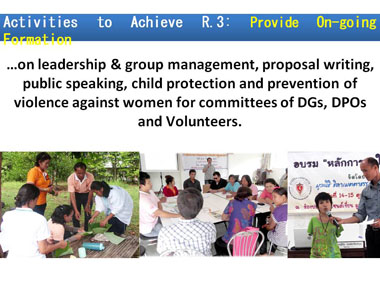 (Slide 36 text)
(Slide 36 text)
Slide 37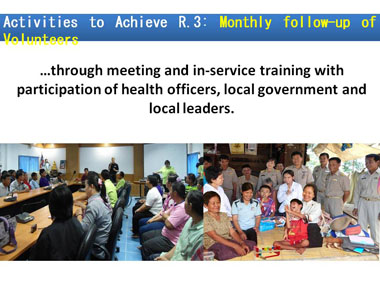 (Slide 37 text)
(Slide 37 text)
Slide 38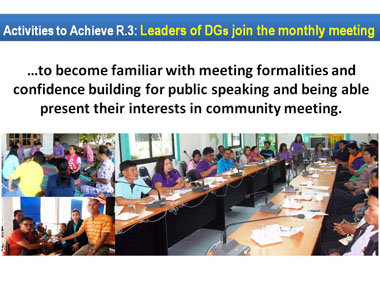 (Slide 38 text)
(Slide 38 text)
Slide 39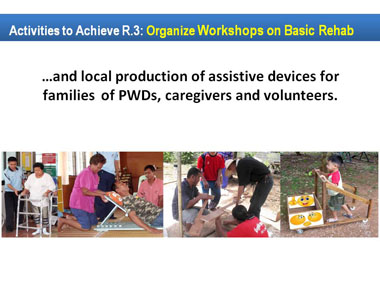 (Slide 39 text)
(Slide 39 text)
Slide 40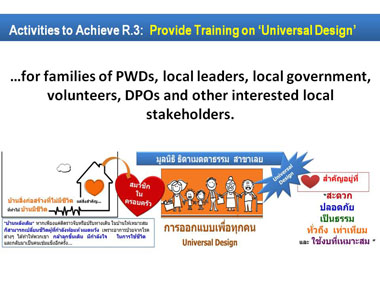 (Slide 40 text)
(Slide 40 text)
Slide 41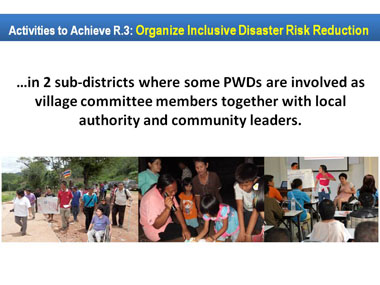 (Slide 41 text)
(Slide 41 text)
Slide 42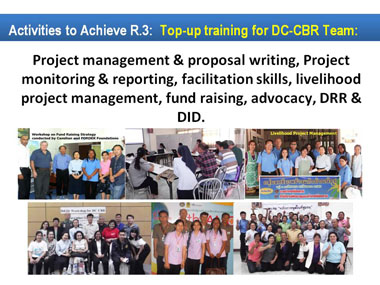 (Slide 42 text)
(Slide 42 text)
Slide 43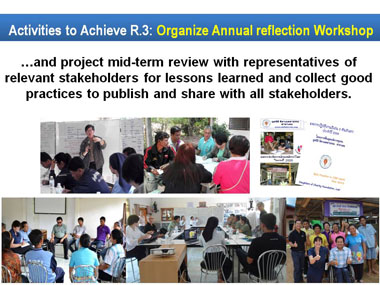 (Slide 43 text)
(Slide 43 text)
Slide 44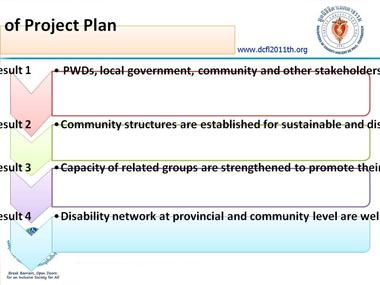 (Slide 44 text)
(Slide 44 text)
Slide 45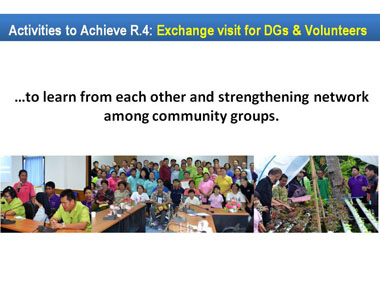 (Slide 45 text)
(Slide 45 text)
Slide 46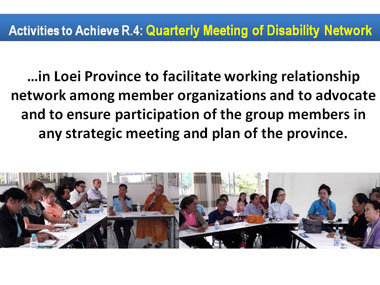 (Slide 46 text)
(Slide 46 text)
Slide 47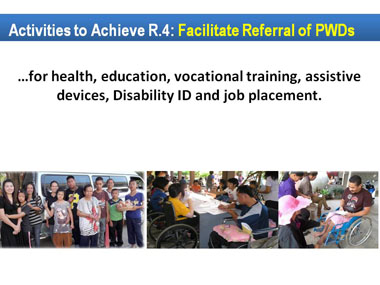 (Slide 47 text)
(Slide 47 text)
Slide 48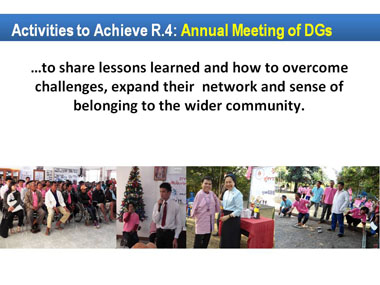 (Slide 48 text)
(Slide 48 text)
Slide 49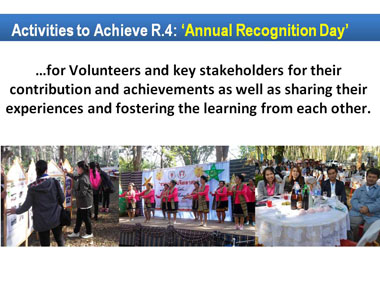 (Slide 49 text)
(Slide 49 text)
Slide 50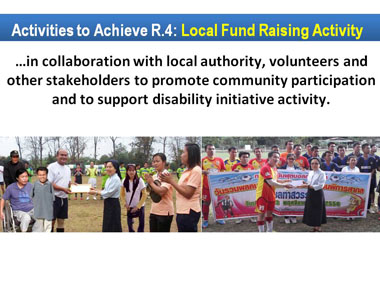 (Slide 50 text)
(Slide 50 text)
Slide 51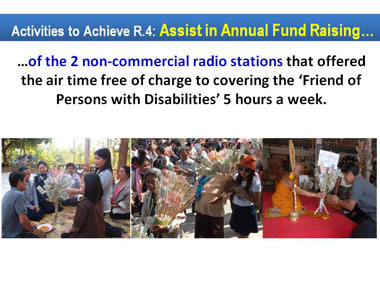 (Slide 51 text)
(Slide 51 text)
Slide 52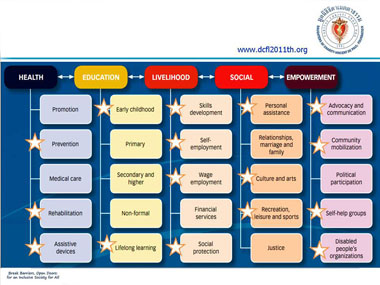 (Slide 52 text)
(Slide 52 text)
Slide 53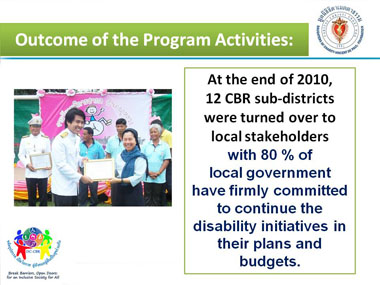 (Slide 53 text)
(Slide 53 text)
Slide 54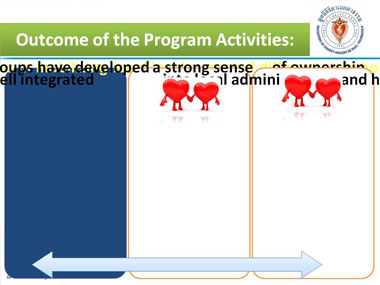 (Slide 54 text)
(Slide 54 text)
Slide 55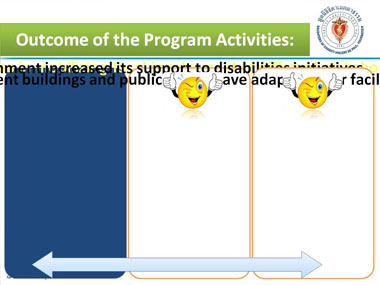 (Slide 55 text)
(Slide 55 text)
Slide 56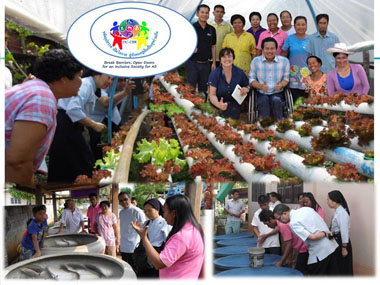 (Slide 56 text)
(Slide 56 text)
Slide 57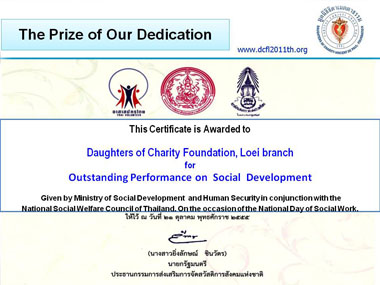 (Slide 57 text)
(Slide 57 text)
Slide 58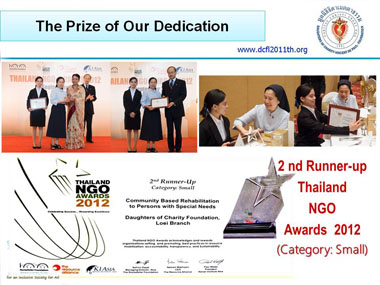 (Slide 58 text)
(Slide 58 text)
Slide 59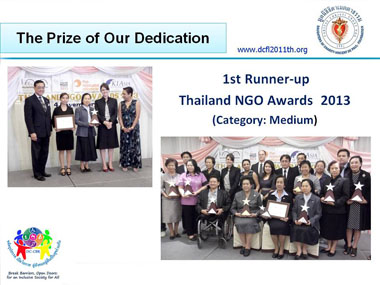 (Slide 59 text)
(Slide 59 text)
Slide 60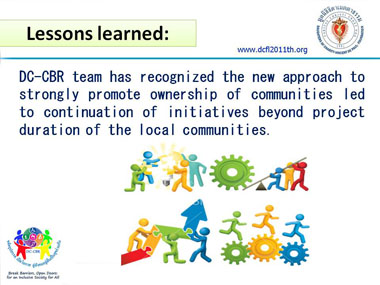 (Slide 60 text)
(Slide 60 text)
Slide 61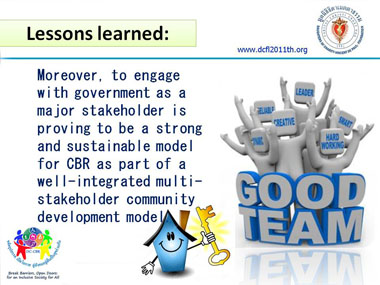 (Slide 61 text)
(Slide 61 text)
Slide 62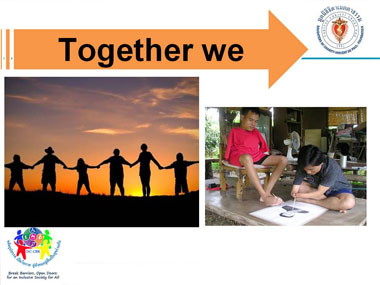 (Slide 62 text)
(Slide 62 text)
